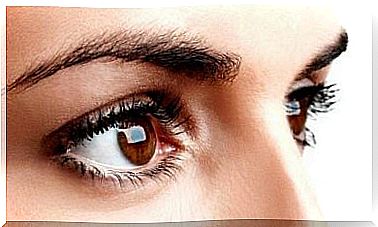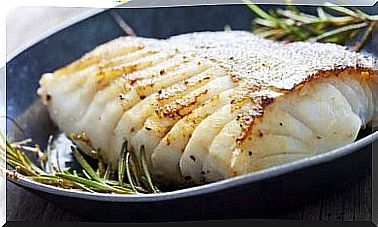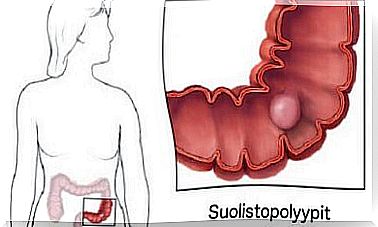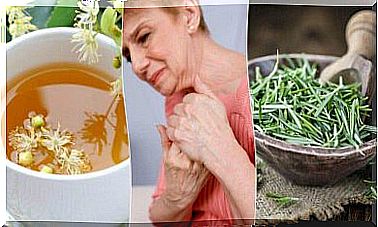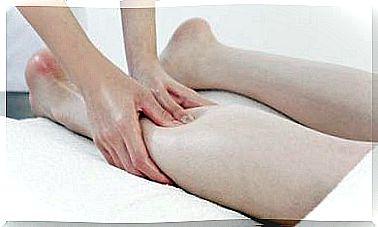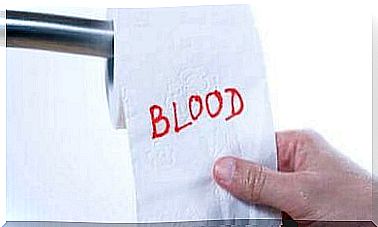These Tricks Treat Sore Soles

Pain in the sole of the foot, or so-called plantar fasciitis, or inflammation of the tendon membrane that attaches to the heel bone, more specifically affects the lower part of the heel. However, the pain can also spread to the entire foot or occur somewhere other than the heel. This may be due to excessive pressure on the feet, which causes the ligaments to rupture, as well as severe pain and stiffness in the heel.
Causes of plantar fasciitis
This phenomenon is mainly due to the following factors:
- Overweight
- Pregnancy
- Too hard working days
- Use of unsuitable footwear
- “Flat foot” or alternatively a very high arch of the foot
Symptoms of plantar fasciitis
The symptoms caused by this condition are generally as follows:
- Pain
- Burning sensation in the lower part of the heel (or the whole toe)
- Stiffness
Plantar fasciitis generally only occurs in one foot, although it can also affect both feet.
The pain caused by the problem is clearly most severe in the mornings when you take your first steps after a long night of rest, or if you have been in a sitting position or rested for a long time. You may also feel pain when you have spent a long day exercising, or when you have been on your feet for a long time.
How to treat sore soles
The treatment of pain in the foot is based on relieving the inflammation.
Home care products
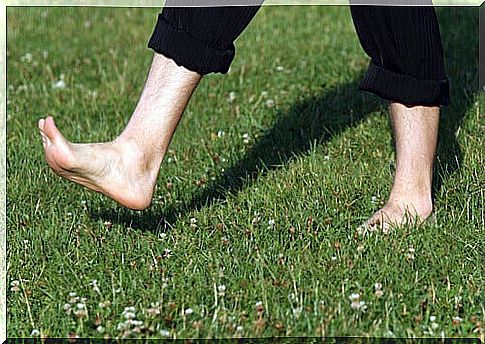
- First, you should be barefoot as much as possible, and put ice on your feet at least four times a day for 20 minutes at a time. This will help you reduce inflammation in your leg.
- Shoes should be provided with supports that act as support for the arch of the foot and thus relieve pain.
- Use at least 20 minutes daily for stretching exercises.
- Take a few NSAIDs, such as ibuprofen, which will certainly help you greatly, but don’t go overboard. Follow the instructions in the package leaflet of the medicine.
Professional help
- If anti-inflammatory drugs do not give you the relief you need, try some much stronger and more effective treatment, such as an injection. These injections are given directly into the tendon, heel or arch of the foot in question. An electric current is then applied to the area – which does not cause pain – to allow the steroid to pass through the skin and muscle.
- Your healthcare professional may also choose physiotherapy as a treatment, which includes stretching of the plantar membrane of the foot and the Achilles tendon. The person in charge of your treatment will also recommend exercises for you so that you can strengthen the lower muscles of your leg.
- In some cases, it is also absolutely necessary to use spatulas during the night to help stretch the arch of the calf and toe. This keeps the foot bent, stretches the plantar tendon membrane and Achilles tendons, and thus reduces pain and stiffness in the mornings.
- You could also use orthopedic aids in your shoes to help distribute the pressure in the toe. This prevents even greater damage to the plantar membrane tendon.
Remember this!
It is really important that you keep an eye on all the symptoms. If you do not notice any improvement in your condition after you have started treatment with home remedies, it is best to see a good doctor and follow his or her instructions.
